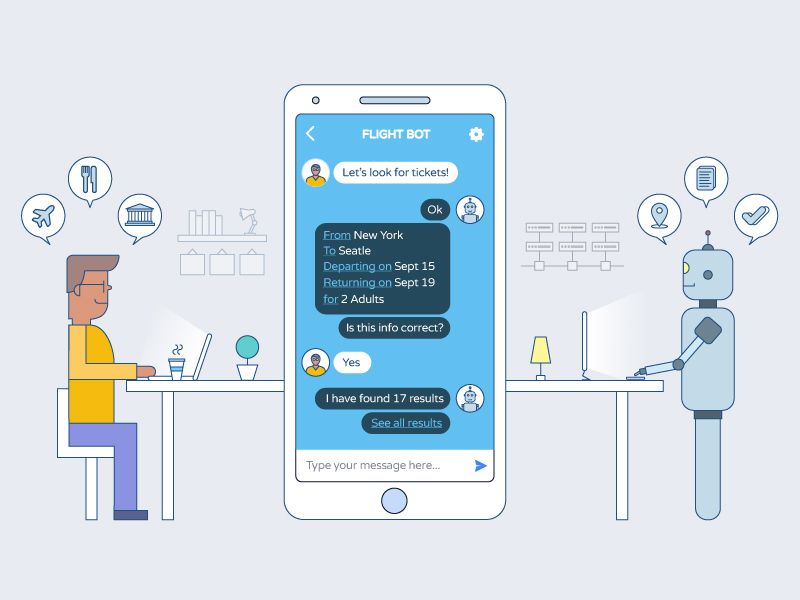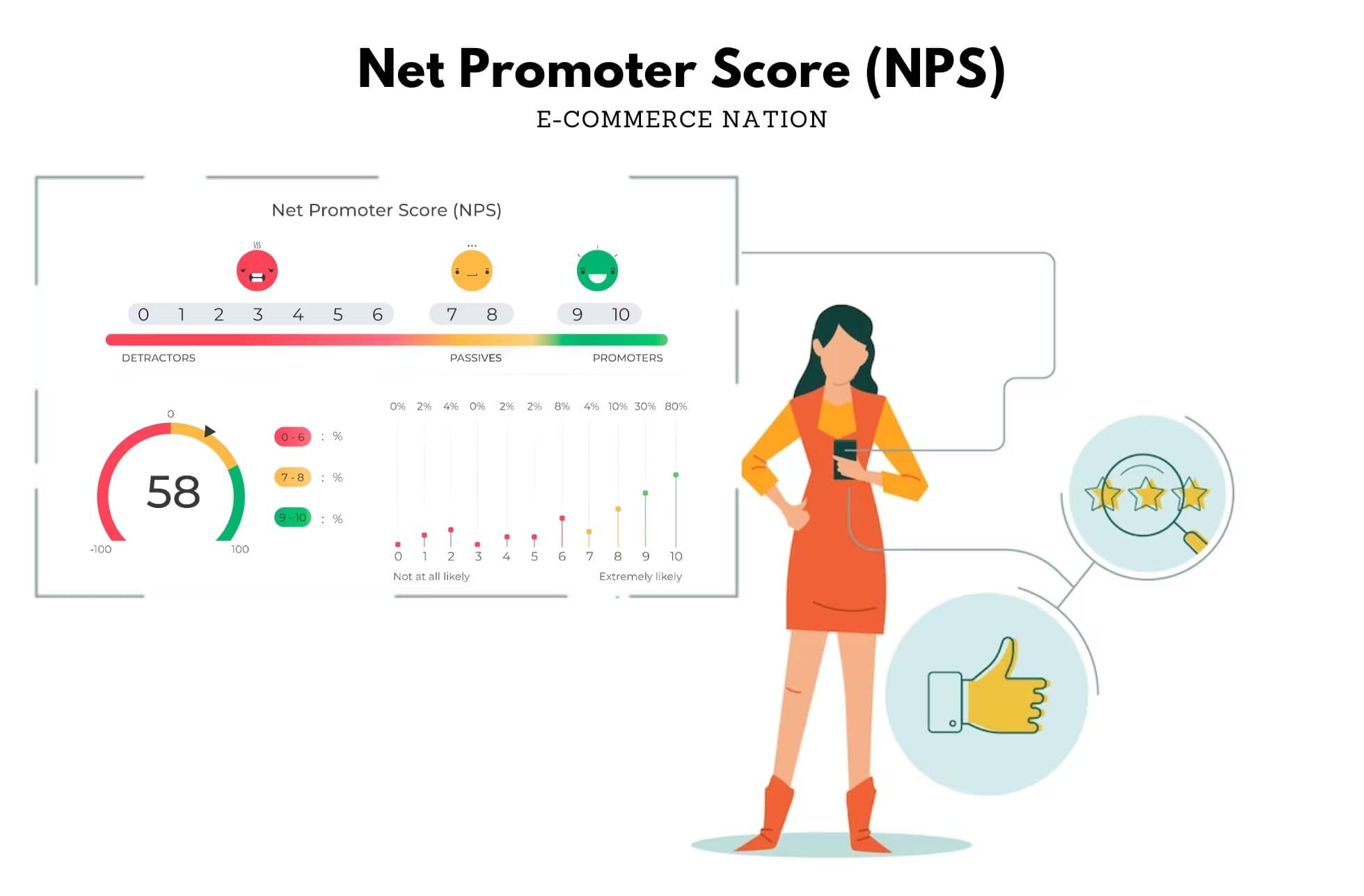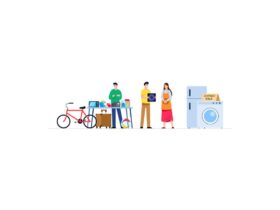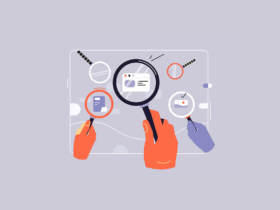Machine learning is revolutionizing the structure of many organizations, as it allows us to provide service without the need to increase our employees (and sometimes with better results). One of the main applications of machine learning are, of course, chatbots. These tools allow you to interact with your customers and improve the overall user experience on your website (and all this in a fully automated way).
In this article, we will explain the main advantages of chatbots and (yes, there are also) their main disadvantages. Chatbots learn from people, which teaches them to be partially prepared to have a conversation with another person. However, there are certain things where they still cannot be compared to a real human being. We’ll see them later.
Types of chatbots
There are two types of chatbots.
- Chatbots based on Artificial Intelligence (AI): These chatbots learn dynamically, and are constantly being updated through interactions with customers. They are intelligent, with an advanced design and offer a very positive UX.
- Fixed Chatbots: These are programs with fixed information, which offer limited help. They are used for customers with limited access to Customer Service, or to solve repetitive questions. They are not as popular, as they are unable to understand human behavior. In addition, if any questions arise beyond those they have established, you will not be able to answer them.
Advantages of chatbots
Humans can serve a limited number of clients at the same time. This restriction does not exist for chatbots, and they can manage all necessary queries simultaneously.
Their main advantages are:
- Reduced costs: Chatbots eliminate the need for labor during online interaction with customers. This is obviously a great advantage for companies that receive multiple queries at once. In addition to saving costs with them, companies can align the chatbot with their objectives, and use them as a means to enhance customer conversion.
- 24/7 Availability: Unlike humans, once we install a chatbot, it can handle queries at any time of day. Thus, the customer does not have to wait for a commercial of the company to help him. This also allows companies to monitor customer “traffic” during non-working hours and contact them later.
- Learning and updating: AI-based chatbots are able to learn from interactions and update independently. This is one of the main advantages. When you hire a new employee, you have to train them continuously. However, chatbots “form” themselves (with certain limitations, of course).
- Management of multiple clients: Humans can serve a limited number of customers at the same time. This restriction does not exist for chatbots, and they can manage all the necessary queries simultaneously. This is one of the main advantages of using chatbot, as no customer is left unattended and you are solving different problems at the same time. There are chatbots companies already working on developing voice chatbot services.
Disadvantages of chatbots
- Complex interface: It is often considered that chatbots are complicated and need a lot of time to understand what you want in customer. Sometimes, it can also annoy the client about their slowness, or their difficulty in filtering responses.
- They don’t get you right: Fixed chatbots can get stuck easily. If a query doesn’t relate to something you’ve previously “taught” it, you won’t understand it. This can lead to a frustrated customer and the loss of the sale. Other times they do understand you, but they need double (or triple) as many messages as one person, which spoils the user experience.
- Time-consuming: Chatbots are installed with the aim of speeding up responses and improving customer interaction. However, due to the limited availability of data and the time needed for self-updating, this process can be slow and costly. Therefore, there are times when instead of serving several customers at once, chatbots may become confused and not serve the customer well.
- Installation cost: Chatbots are useful programs that help you save a lot of labor by ensuring availability at all times and serving several customers at once. But unlike humans, each chatbot needs to be programmed differently for each business, which increases the initial installation cost. Considering the last-minute changes that can always occur, this is a risky investment, as updating the program will generate additional costs.
- Null decision making: Chatbots can attack the nerves of more than one because they are not able to make decisions.
This can lead to problems. For example: Microsoft launched a chatbot for Twitter. In less than 24 hours, the content it received from users turned it into a racist and misogynistic account.
It is very important that your chatbot is well optimized, so that it does not end up being a disaster like this.
- Bad memory: The chatbots are not able to memorize a conversation already had, which forces the user to write the same thing over and over again. This can be cumbersome for the client and annoying for the effort required. Therefore, it is important to be careful when designing chatbots and make sure that the program is able to understand users’ queries and respond accordingly.
We have already seen the main advantages and disadvantages of chatbots. They are very advanced, yes. But, as you can see, there is still a lot to do. The truth is that the potential of these tools is incredible.
We encourage you, if you think it might be useful for your business, to look for an option to start testing. There are some that are not too expensive and with user interfaces that are easy to use. If you want to move forward, there is a world of options and tools to create a chatbot in the marketplace.





